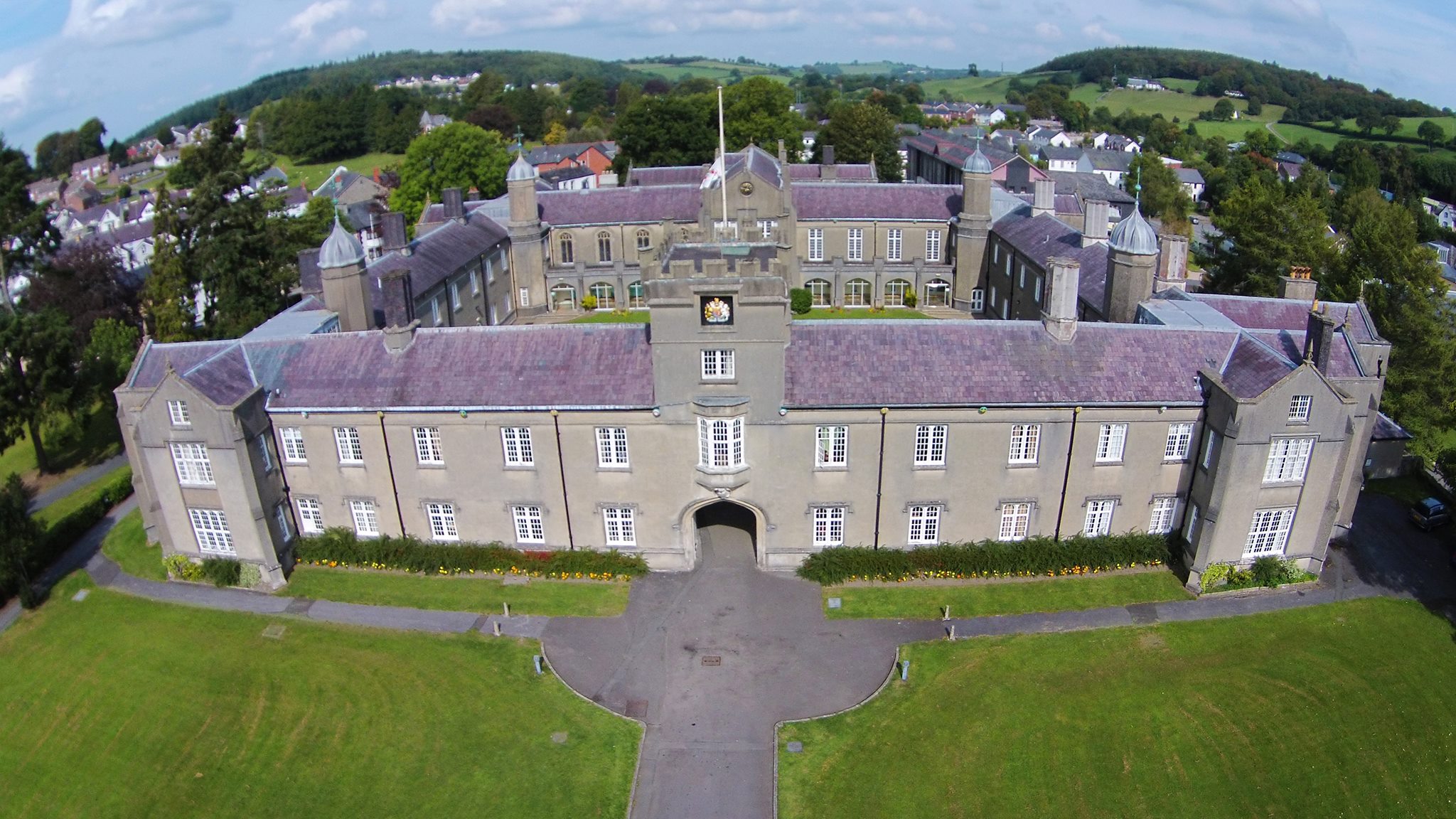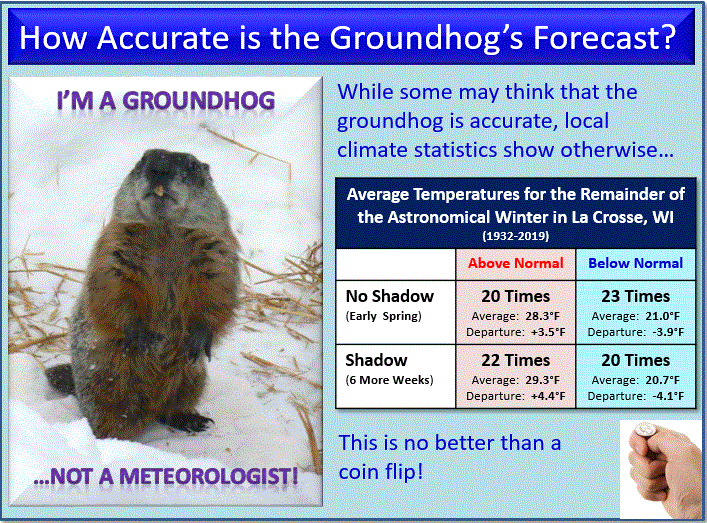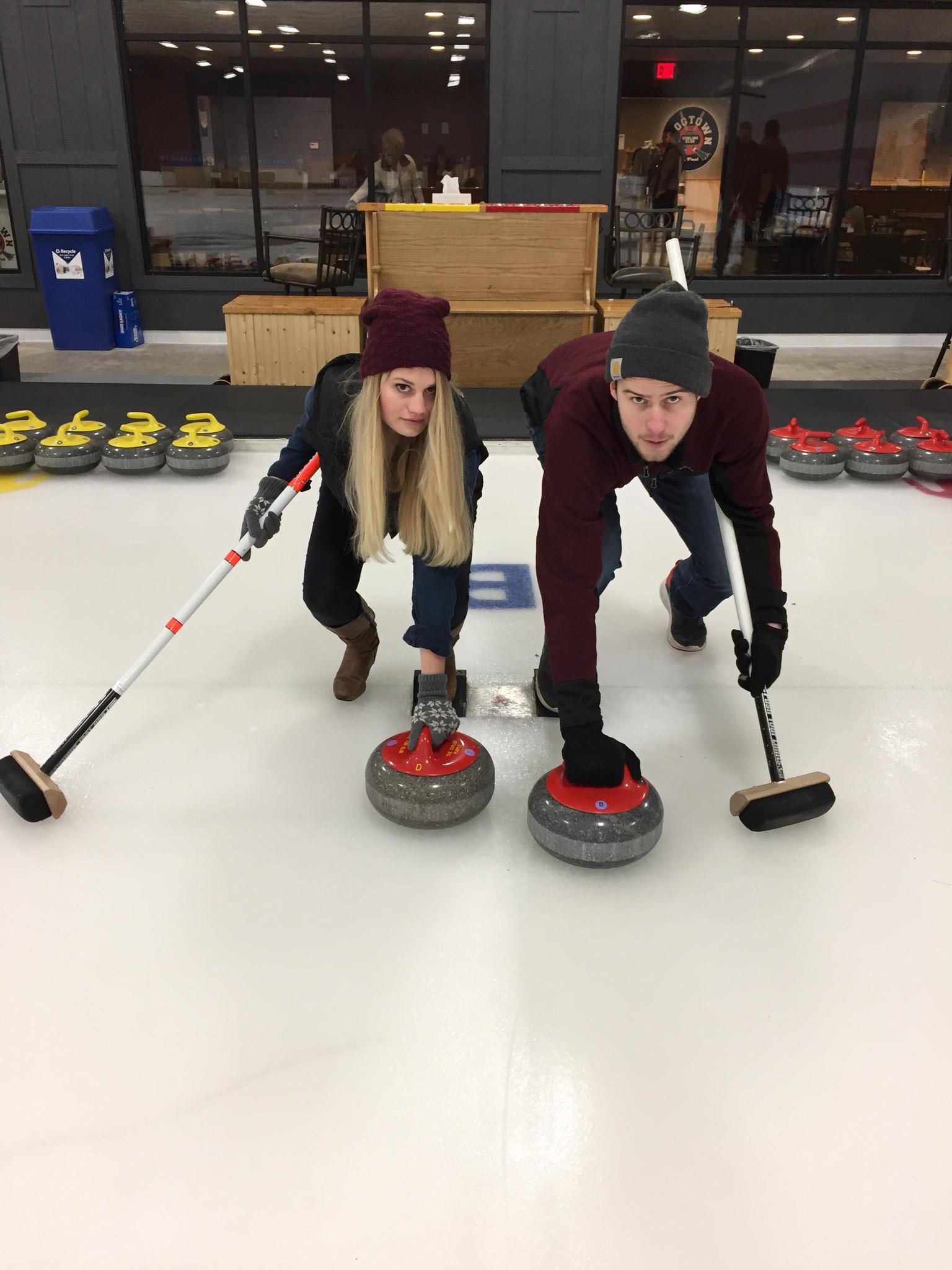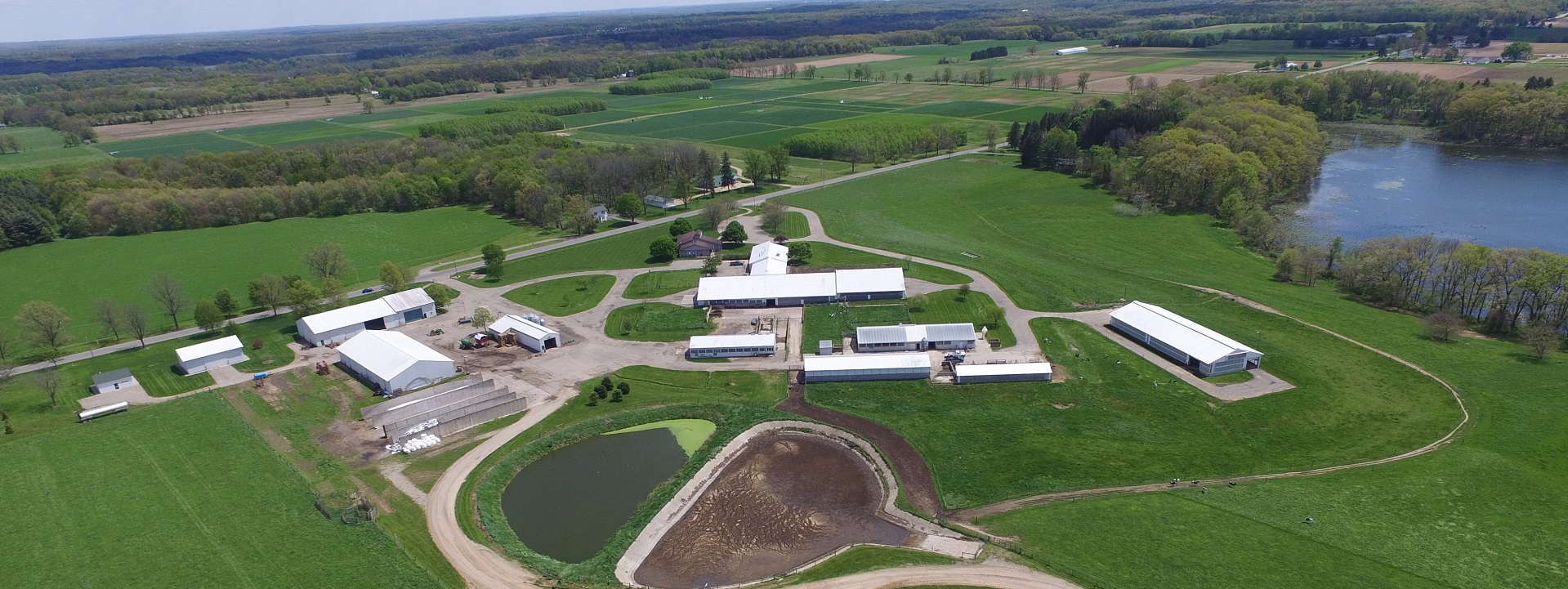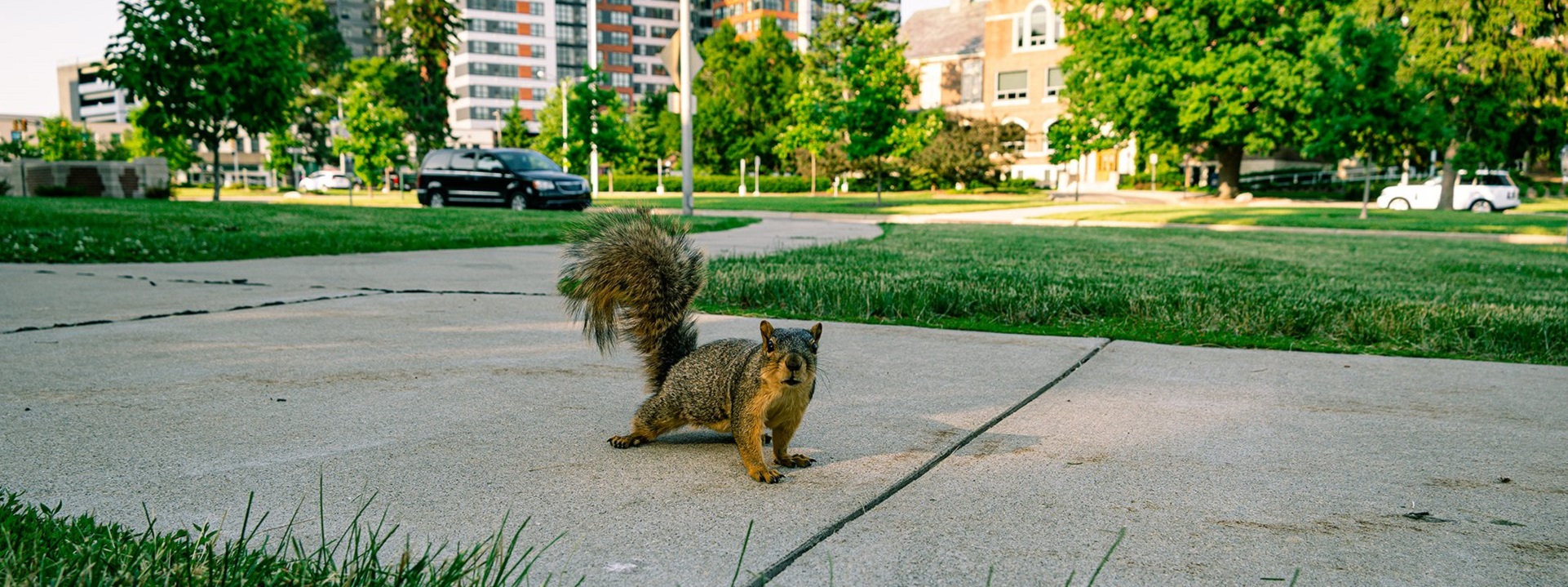And the celebrations continue at our Carmarthen Campus #Graduation ceremonies today.
🎓Congratulations to all of our graduates! 🎉
Watch live:
10am : https://t.co/ka8xtMkgEE
2pm : https://t.co/48YXHO3QhR#graduation2024 #UWTSDgraduation2024 pic.twitter.com/otJ4mgvL98— University of Wales Trinity Saint David (@UWTSD) July 9, 2024
National Churches Trust | Historic England | ChurchCare
Our Cherish partnership with @HeritageFundUK is considered a ‘lifeline’ to local churches across Scotland, Wales and North West England. More than 250 churches, chapels and meeting houses were helped in the first year with 30 grants given out so far ⬇️ https://t.co/CcIU8cb3FN
— National Churches Trust (@NatChurchTrust) September 18, 2024



